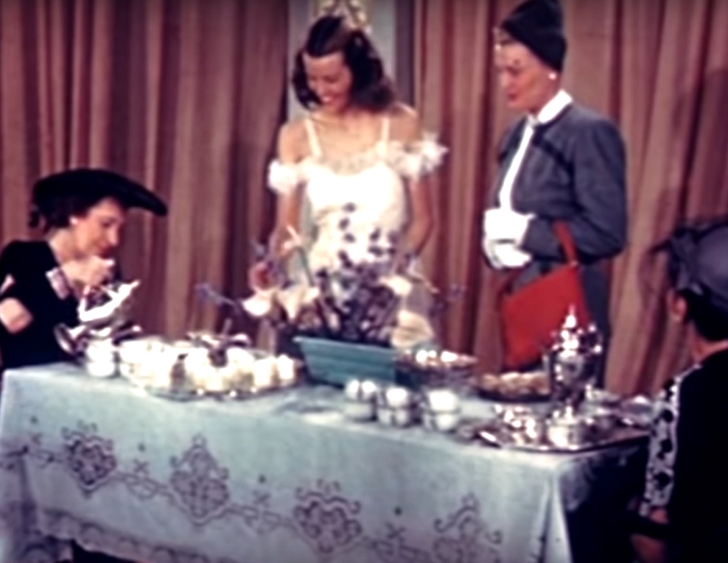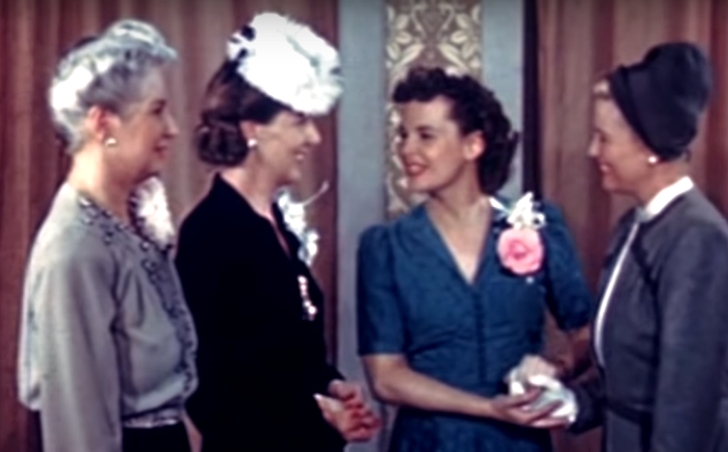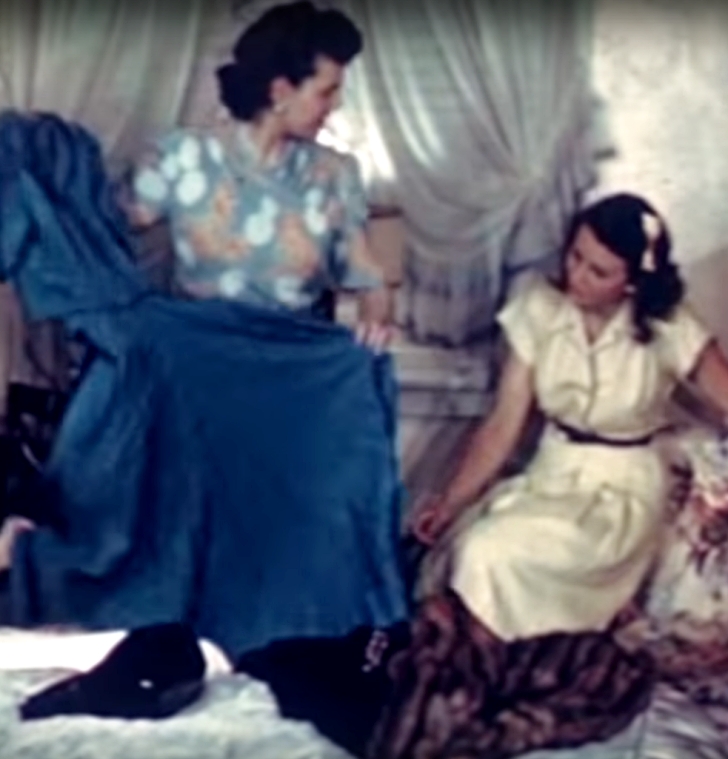How To Be in “Good Taste” in the 1940s
It was all about enhancing a girl’s best features.
In the 1940s many of the old ideas about fashion were still in full swing. Most girls and women still wore hats, gloves, and matching handbags for even the most basic of trips out in public. It wasn’t until the 1960s that these formalities would begin to go out of fashion completely. But, was it ever in good taste to not wear these accessories? The answer is “yes”.

An educational film reel from 1946 shows young women that for something like a luncheon where one will be serving tea, a hat, gloves, or corsages would be cumbersome to the job at hand and therefore not in good taste. The idea at the time was that “etiquette and taste must be learned” – implying that none of us is born knowing all the standards of polite society.
But, aside from the functionality and occasion of the clothing, one needed to also choose items that complimented the wearer’s personality “to best advantage”. There was a drive to teach style as opposed to mere fashion. Style was seen as an unerring sense of what to wear and how to wear it- something which didn’t ever go out of trend regardless of how clothes might change from year to year.

It wasn’t only clothing that was a matter of taste. Being “theatrical” or flamboyant was also considered to be in bad taste at this time, though many youngsters then (as now) had quirky mannerisms that are only unlearned well into adulthood.
Being friendly, humble, and efficient with one’s movements were all aspects of femininity that were once looked on as highly desirable traits for a woman to have. This was the era when fidgeting was considered rude and girls balanced books on their heads to get “perfect” posture, so it’s no surprise that things like learning how to take off one’s gloves while still maintaining conversation were considered must-have skills.

This film reel was aimed at the college girl who would be entering a whole new world of social interactions like dances, sorority meetings, classes, clubs, and, luncheons. It was considered quite important that she carry herself in a such a way that her family would be proud of her.
It was believed that though her sense of style, as well as her manners, that her true personality would shine through and be enhanced by her sense of good taste in both her behavior and clothing.

Have a look at what was considered “good taste” in 1946 in the clip below.
SKM: below-content placeholderWhizzco for DOT

